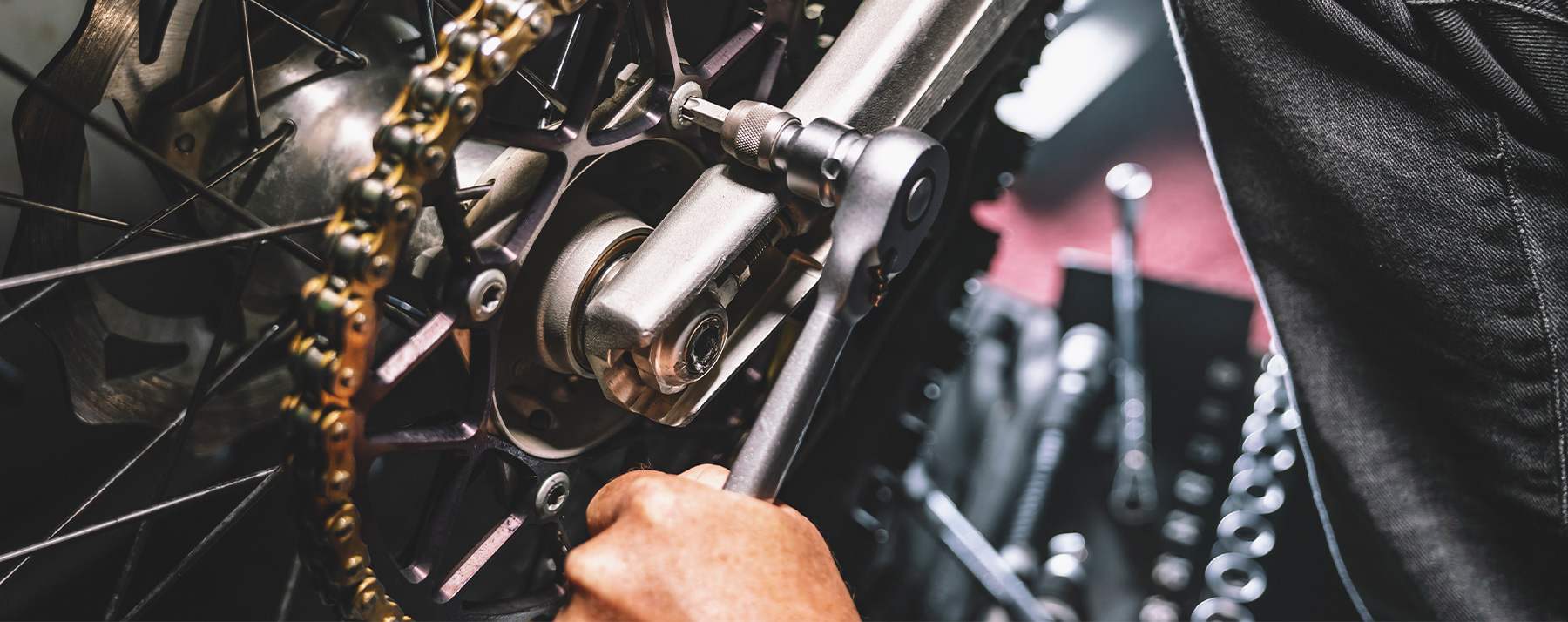 Lacquer, enamel, and acrylic, just to name a few. We will talk through what are the different types of paint but we’ll also spend some time looking at why you might want to use each one for your project.
Lacquer, enamel, and acrylic, just to name a few. We will talk through what are the different types of paint but we’ll also spend some time looking at why you might want to use each one for your project.
The difference between different kinds of paint can split into two categories; the chemical differences and the appearance differences. If we’re talking paint then it’s really the appearance you’re worried about but talking about the chemical differences or the makeup of the paint will help you understand why they appear differently once they are applied.
Chemical Differences Between Types of Paint
Some paints can be cleaned up easily with water. Other paints require special solvents to be cleaned up. This is due to the base material the paint is made from, either water or oil. Water-soluble paints like acrylic paint can always be cleaned up with water before it dries but enamel or lacquer paints require their own chemicals to be cleaned up, either lacquer thinner or mineral spirits. Besides how they can be cleaned up, the chemical makeup of the paint will produce different surface finishes as a result. Acrylic paints usually dry quickly and have very low odor since it’s mostly water evaporating as it dries. Acrylic paints usually have semi-gloss surface finishes and can be slightly flexible when dry. This makes them relatively durable but not always the brightest finishes. Enamel paints dry very hard so the painted surface can be prone to cracking. Lastly, lacquer paints give a good surface finish but are soft and can be difficult to maintain.
Appearance Differences Between Types of Paint
Due to their chemical makeup, each of these paint options will give a different surface finish. If you’re painting a car or motorcycle you will be hard-pressed to find a pure acrylic water-based paint. That is because these paints don’t give high gloss finishes so they are usually called “acrylic enamel” paints and are some hybrid chemistry of the two types of paints. Enamel or acrylic enamel is a great choice for your car or bike because it is soft enough to not crack or spider web but is hard enough to give a high gloss finish if it’s applied correctly. When should you use lacquer paint? Probably never unless you really want that vintage look and are willing to keep your bike out of the sun!
The other thing to consider is what you’re painting over. Certain paints will adhere to different surfaces in different ways and can cause problems. For example, the solvents used in lacquer paints can damage dry enamel paints causing unwanted surface textures or colors on the finished product. Before you waste your time, use PJ1 Primer on your next project. PJ1 Primer will adhere to and cover acrylic, enamel and lacquer paints without lifting the old paint and you’ll be able to use any of the 3 as your top or color coat. PJ1 Primer has a unique anti-sag formula to give you the perfect base for a smooth finish. PJ1 Primer’s superior adhesion qualities will keep your new paint job looking great for years to come!
Photo by Enken -1998 on Unsplash




